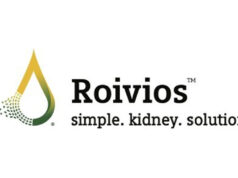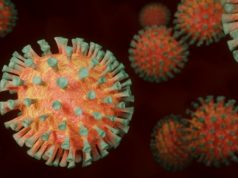 Acute kidney injury (AKI) in patients who have undergone heart procedures can be reduced by implementing online team-based coaching more than by utilising alternative assistance-based strategies—so say the authors of the IMPROVE-AKI study, results from which were recently published in the Clinical Journal of the American Society of Nephrology (CJASN).
Acute kidney injury (AKI) in patients who have undergone heart procedures can be reduced by implementing online team-based coaching more than by utilising alternative assistance-based strategies—so say the authors of the IMPROVE-AKI study, results from which were recently published in the Clinical Journal of the American Society of Nephrology (CJASN).
Lead author Jeremiah Brown (Geisel School of Medicine at Dartmouth, Hanover, USA) and colleagues note that “up to 14% of patients in the US undergoing cardiac catheterisation each year experience AKI”. They posit that this situation may be improved through “consistent use of risk minimisation”.
Speaking in a recent press release from Geisel School of Medicine at Dartmouth, Brown argues that “only about 25% of medical centres or cardiovascular interventional teams” are employing the measures to limit CKI that are recommended by guidelines such as those published by the Kidney Disease: Improving Global Outcomes (KDIGO) consortium. The aim of the study team was to increase uptake of these guidelines “using a team-oriented approach based on implementation science… [focused] on moving scientific evidence into routine practice”.
Brown et al designed a 2×2 factorial cluster-randomised trial to test the effectiveness of a team-based coaching approach. The trial was performed across 20 Veterans Affairs medical centres (VAMCs) around the USA and included 4,517 patients, 510 of whom eventually experienced AKI. Centres received either assistance, assistance with surveillance, collaborative, or collaborative with surveillance interventions over an 18-month period. Both assistance and collaborate approaches “promoted hydration and limited nothing per mouth (NPO) and contrast dye dosing”. Logistic regression models for AKI were also used, “with site-level random effects accounting for the clustering of patients within medical centres”.
Of the 510 patients who experienced AKI, 110 (13%) were in the assistance arm, 122 (11%) in assistance with surveillance, 190 (13%) in the collaborative arm, and 88 (8%) in collaborative with surveillance. “Case mix-adjusted differences in AKI event proportions”, the authors detail, “were -3% (95% confidence interval [CI]: -4, -3) for assistance with surveillance, -3% (95% CI: -3, -2) for collaborative, and -5% (95% CI: -6, -5) for collaborative with surveillance.” The collaborative with surveillance arm was described by the authors as demonstrating a “substantial reduction in AKI” when compared to the arm that only implemented assistance (adjusted OR=0.54; 0.40, 0.74). The odds of AKI with the collaborative plus surveillance intervention were 46% lower, “to date the best finding in the field”, claims the Dartmouth press release.
Commenting on the findings, Brown states that it “gives us the recipe for the combination of interventions that worked best”. Concluding the Dartmouth press release, he adds: “We hope to take what we’ve learned and scale it so that it can be shared with other catheterisation laboratory teams around the country and internationally to help them more effectively address the problem of AKIs.”











